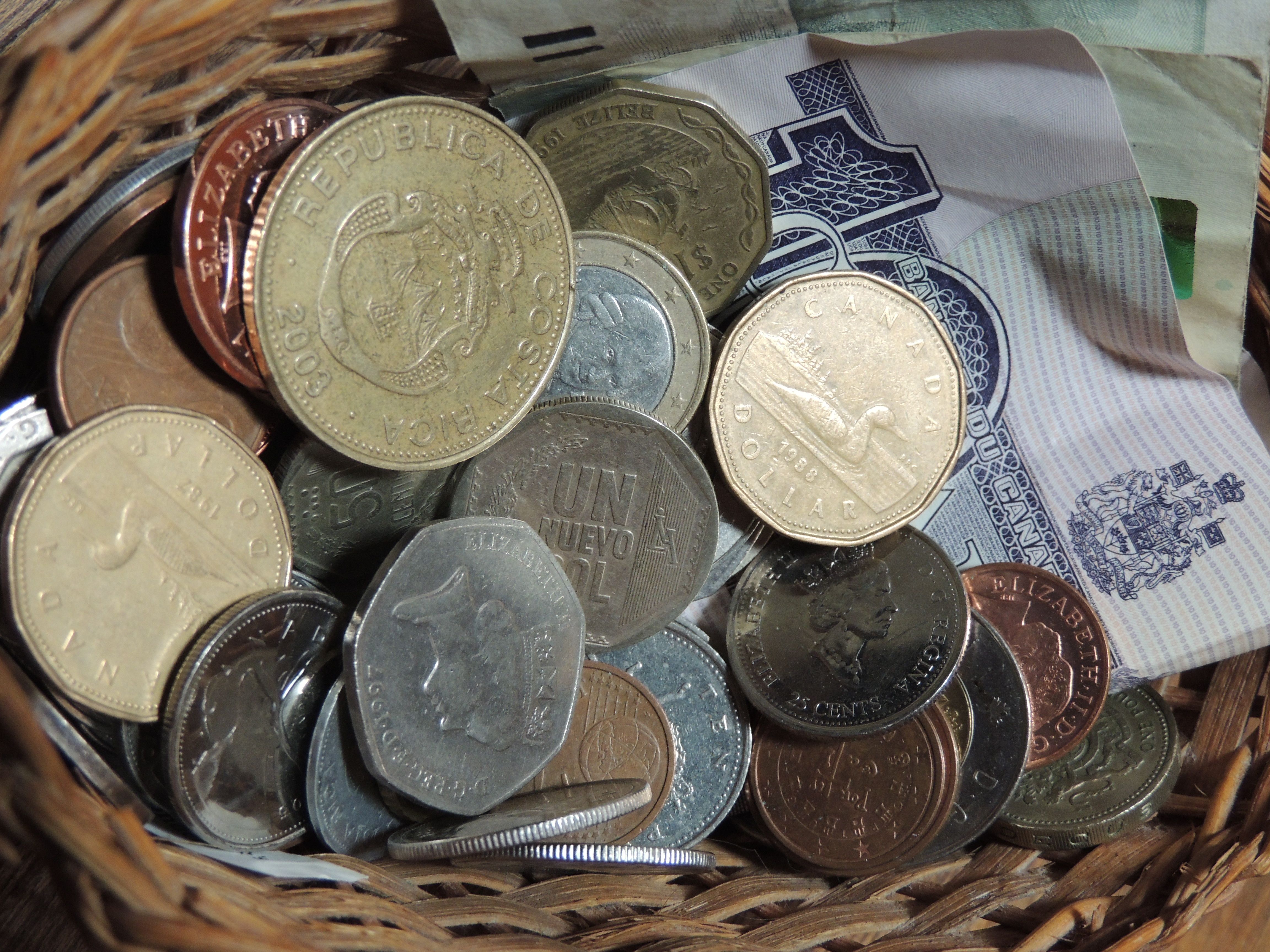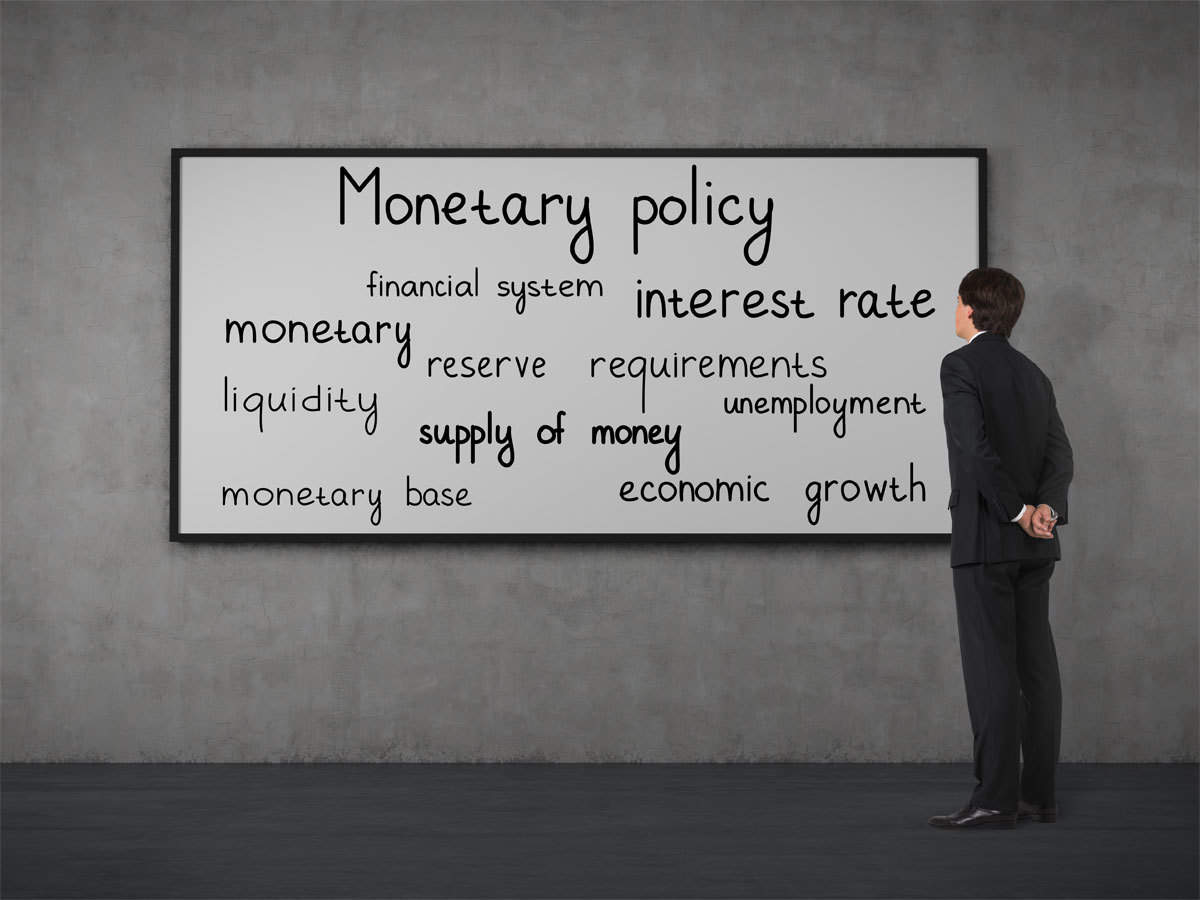Black pepper prices spike, likely to rise further
As demand exceeds supply and imports become pricey, black pepper prices have soared, forcing growers to hoard for higher profits. That raises prices more.

Black pepper prices in India have risen above Rs 600 per kg for the first time in years on account of dwindling supplies in the North Indian markets, the cessation of illegal imports, stockpiling, and the expectation of a shortage in the coming season as a result of El Nino's effects.
Several spices, including chilli, cumin, ginger, and turmeric, have suffered price increases this year. The list now includes black pepper as well. For a number of years, the price of black pepper has been between Rs 400 and Rs 500 per kilogramme. Before dropping last year, it reached a high of almost Rs 500 per kg. The price increased to Rs 625 per kg this week.
The estimated 64,000 metric tonne pepper harvest in India is considered to be within normal range. Although India's output has been flat over the past few years, the country's consumption has increased every year and now exceeds production by a significant margin. The majority of the world's pepper comes from the states of Karnataka and Kerala. But in Kerala, especially in Idukki district, the crop has declined since many farmers have switched to cardamom because of its higher profit potential.
Imports, many of which are illegal, help to meet the higher demand caused by consumers. Importing pepper from countries like Vietnam, Brazil, and Sri Lanka where it is less expensive bears high tariffs of 50-70% and a minimum import price of Rs 500 per kg for use in the local market. Illegal pepper from these nations travels by land through Myanmar and Nepal to India, often being mislabeled as other items to avoid customs fees.
The Centre's stringent monitoring has reduced the amount of illegal goods entering the nation. This has led to a decrease in availability in the North Indian market. Jojan Malayil, proprietor of Aromatics Products, said this development had resulted in a price hike.
A few weeks ago, as prices began to increase, growers started hoarding the stock, driving up prices even further. After September, the festival season demand is forecast to drive prices up again in the following months. The market anticipates a price of Rs 650 per kg or higher.
As the price of other spices has risen, sentiment has played a role in the current upswing. For a long time, pepper prices didn't change. A seller's market has developed due to a lack of available products. There are also worries about how EL Nino may affect output next year. The CEO of Nedspice India, Gulshan John, warned that an accurate evaluation wouldn't be possible until October or November.
Peppers cost roughly Rs 300 per kilogramme and can be purchased from Brazil and Vietnam, the two largest growers. Indian pepper exporters have relied on pepper from other origins for value addition and shipment due to the duty-free against export nature of the import. However, Indian shipments continue to be somewhat expensive on the global market, which has kept pepper exports low in recent years.
In FY23, India shipped out just 17,958 tonnes of pepper, a decrease of 18 percent from the previous year. In FY22, thanks in large part to cheaper pepper from Vietnam, exports reached 21,863 metric tonnes. However, since the price of pepper in Vietnam has risen, exports to India have slowed.
Despite increased yields, Vietnamese farmers are withholding food once again this year. The harvest in Brazil is also healthy. Yet there is no pushy salesmanship to be found. According to Cherian Xavier, MD of Plant Lipids, a major exporter of spice oleoresin, consumers may be bracing for a price hike because the surplus supply purchased by consuming countries during the corona pandemic years is nearly depleted.
Global pepper production in 2023 at 5,20,000 tonnes will be less than overall demand by 10,000 tonnes, according to research studies from Nedspice, a spice processing and distribution company based in the Netherlands. Although higher interest rates are unfavourable to speculators and those holding large inventories, supplies at destinations and origin will still be sufficient to supply near-term demand, according to the analysis.
Vietnam's output is estimated at 2,05,000 tonnes, up 9 percent from the previous year. Estimates put Brazil's output at 1,12,000 metric tonnes, up 5.4% from the previous year. Both India and Indonesia's output will fall somewhat from last year, to 64,000 and 42,000 tonnes and 42,000 tonnes, respectively.
Although the long-term price trend is expected to be upward due to reducing global production, the paper notes that the current market scenario is uncertain.
Also Read : TVS Supply Chain Logistics to retire long-term debt, but not go debt-free: Management




















